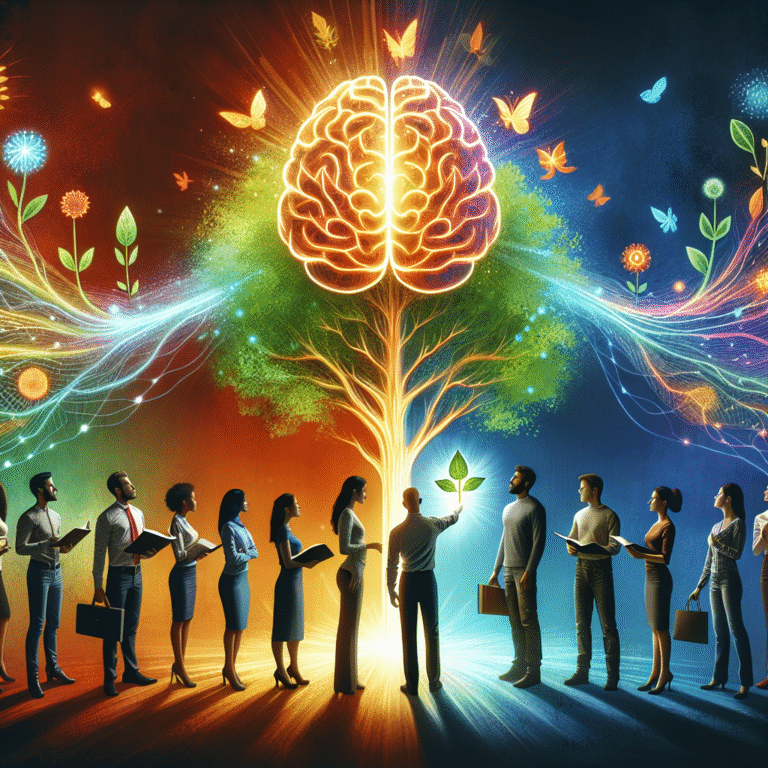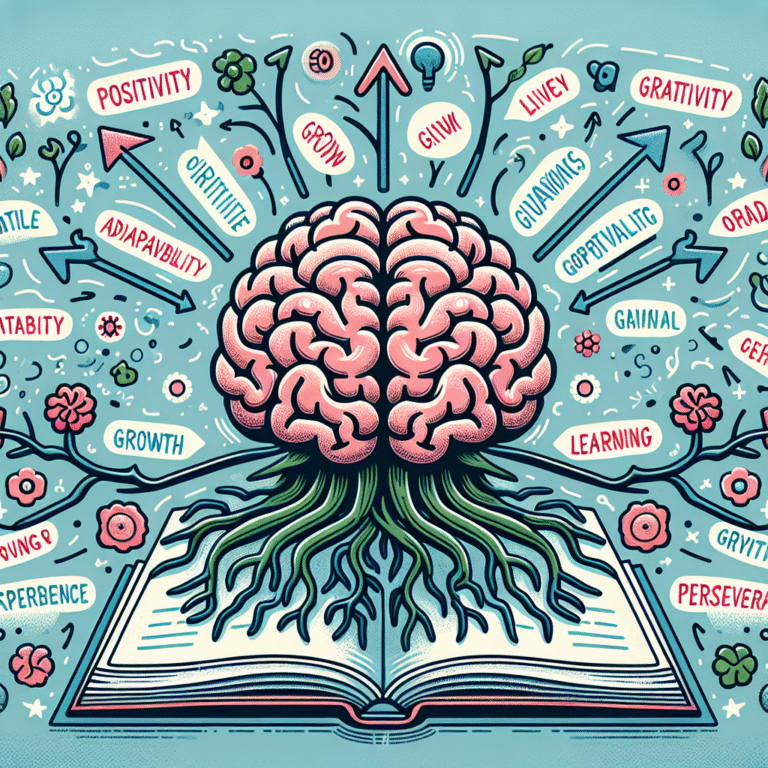
Introduction
In today’s ever-evolving world, the ability to learn independently has never been more crucial. Whether in academic settings or professional landscapes, self-regulated learning (SRL) empowers individuals to take charge of their educational journeys. This article will delve into "Empowering Minds: The Power of Self-Regulated Learning," illuminating its profound impact on personal and academic growth. By harnessing the principles of SRL, learners can cultivate skills that enable them to adapt, thrive, and succeed.
Understanding Self-Regulated Learning (SRL)
Self-regulated learning is a multifaceted process where learners manage their own learning by setting goals, monitoring progress, and reflecting on outcomes. At its core, SRL involves three essential phases:
Forethought: Setting goals and planning strategies for learning.
Performance: Implementing those strategies while self-monitoring progress.
- Reflection: Evaluating the effectiveness of the learning processes and outcomes.
The Importance of Self-Regulated Learning
The relevance of self-regulated learning goes beyond mere academic achievement. It fosters critical life skills such as:
- Critical Thinking: Ability to analyze and evaluate information.
- Time Management: Prioritizing and reorganizing tasks effectively.
- Adaptability: Adjusting learning strategies based on feedback.
These skills not only enhance learning but also prepare individuals for unpredictable future environments, making SRL a vital component in today’s learning frameworks.
The Components of Self-Regulated Learning
Goal Setting
Effective self-regulated learners start with clear, achievable goals. This can be broken down into two categories:
- Outcome Goals: Long-term achievements, such as graduating with honors.
- Process Goals: Short-term tasks, like completing a chapter each week.
An intentional focus on both sets of goals creates a roadmap for success.
Self-Monitoring
Monitoring one’s own progress is crucial. Self-monitoring involves checking understanding and adjusting approaches when necessary. Techniques include:
- Journaling: Keeping track of learning experiences and insights.
- Using Checklists: Ensuring no steps are overlooked while studying.
Reflection and Adjustment
Reflecting on what works and what doesn’t allows learners to pivot effectively. This might involve asking oneself questions like:
- What strategies were effective?
- What obstacles did I encounter?
- How can I improve in the next cycle?
These reflective practices build a feedback loop that continually enhances learning.
Real-World Applications of Self-Regulated Learning
Case Study 1: The Success of the ‘Flipped Classroom’ Model
In a flipped classroom, traditional learning methods are inverted. Students learn new content at home via videos and then engage in more interactive, application-focused activities in the classroom.
Relevance to SRL: This model promotes SRL by encouraging students to take ownership of their learning pace and style. They set goals for their learning at home and monitor their understanding during classroom discussions.
Analysis: Research indicates that students in flipped classrooms show greater self-regulation, leading to improved academic performance.
Case Study 2: Online Learning Platforms
Platforms like Coursera and Khan Academy encourage self-regulated learning by allowing learners to choose courses, set personal deadlines, and select materials that resonate with their interests.
Relevance to SRL: Users demonstrate significant self-management skills as they navigate their own learning paths and adapt their strategies based on progress and feedback.
Analysis: Data from millions of students show that those who engage in reflective practices while learning online perform better and feel more satisfied with their educational experiences.
Barriers to Self-Regulated Learning
Despite its benefits, several barriers can hinder the development of self-regulated learning skills:
Lack of Motivation: Without intrinsic motivation, learners may struggle to engage fully.
Fixed Mindset: Believing that abilities are static can undermine a learner’s willingness to try and adapt.
- Environmental Factors: Distractions and chaotic environments can impede focus and self-regulation.
Overcoming these barriers requires recognition and strategic interventions. Educators, parents, and learners alike should foster an environment that values self-regulation.
Strategies to Enhance Self-Regulated Learning
Educator Roles
Educators play a pivotal role in facilitating SRL. Techniques to nurture self-regulated learners include:
Teaching Metacognitive Strategies: Helping students understand how they learn.
- Creating a Supportive Environment: Encouraging questions and providing constructive feedback.
Personal Strategies
For individuals looking to enhance their self-regulatory skills, here are actionable strategies:
Daily Planning: Spend ten minutes each morning setting daily goals.
- Utilizing Reflection Journals: Write about what strategies worked and what didn’t at the end of each week.
Conclusion
"Empowering Minds: The Power of Self-Regulated Learning" underscores the importance of developing the skills necessary for independent, effective learning. As we navigate an increasingly complex world, the ability to self-regulate will be a cornerstone of success across various domains. Readers are encouraged to reflect on their own learning habits and adopt strategies to enhance their self-regulation skills, as this empowers not only academic achievement but lifelong personal growth.
FAQs
1. What is the most effective way to start practicing self-regulated learning?
Begin by setting specific, achievable goals for your learning. Break tasks into manageable steps and establish a reflective routine to evaluate your progress.
2. How can educators enhance students’ self-regulation skills?
Educators can introduce metacognitive strategies, encourage self-assessment and reflection, and create an environment that promotes autonomy.
3. What role does motivation play in self-regulated learning?
Intrinsic motivation is crucial, as it drives learners to engage deeply with the material, fostering a genuine desire to improve and succeed.
4. Can self-regulated learning be applied in non-academic settings?
Absolutely! SRL principles are applicable in professional environments and personal development, enabling individuals to set goals, monitor progress, and reflect on their experiences.
5. How do I overcome barriers to self-regulated learning?
Identify specific barriers you face, such as distractions or lack of motivation, and develop a structured plan to minimize these impediments. Surround yourself with supportive individuals and resources to foster growth.
By recognizing the power of self-regulation and actively working toward it, we can cultivate empowered minds ready to tackle the challenges of the future.















